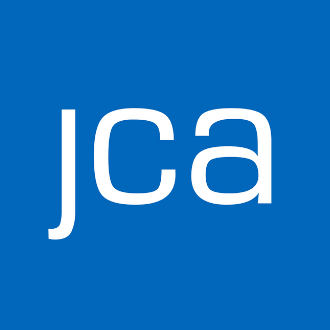Dynamic Pricing is Old News

Jamie Alexander
Director, Strategy & Insights
Get Your Prices Right from the Start
Dynamic Pricing bounded onto the nonprofit performing arts scene in the late 2000s, and has had a tremendous effect on revenue for performing arts organizations. After the great recession, new knowledge of pricing psychology and new tools allowed nonprofit performing arts organizations to leverage this fantastic tactic that previously was only available in the for-profit sector.
We know this first hand—our RMA (Revenue Management Application) tool has helped hundreds of arts organizations over the years increase their revenue by implementing dynamic pricing practices. ROI on the RMA is a minimum of 2:1 and we’ve seen ROI as high as 75:1. Our clients report increases ranging up to the millions over the years—as an example, 5th Avenue Theatre made an additional $3.2 million in the first 4 years with the RMA, leveraging the RMA and our pricing practices!
There’s no doubt that dynamic pricing is a powerful tool. Not only has it allowed us to capitalize on demand in real time, but it has also given us profoundly enhanced knowledge of what our audiences are willing to pay. We now have data to show exactly how high we can push our prices before demand starts to wane, and we have more nuanced perspective of where each price level should sit—in order to both capitalize on demand and generate it.
And that is exactly why dynamic pricing is old news—all this work on dynamic pricing should give us the knowledge we need to get prices right from the start. Because, after all, if you have to implement dynamic pricing it means that you’ve left money on the table. If demand is higher than expected, then your original projections were low, and therefore your starting prices were low as well. Which means that all the tickets you sold before you implemented a price change may have been undervalued.
Now, none of us have a crystal ball, we’ll always need to have dynamic pricing in our pocket as a tool to adjust when demand shapes up differently than expected. However, we need to place more emphasis on getting our prices and pricing strategy right from the start instead of reacting. We have the tools to do so—we have historical data, tools for creating accurate projections, and statistical models. These will not only help us increase revenue, but also allow us to have our pricing strategy down pat to be inclusive of audiences at all levels of willingness to pay (see Radical Pricing). Pricing for inclusivity is of mission-based importance which often-automated Dynamic Pricing tools miss.
In our pricing work, we need to place more importance on:
- projecting future demand based on historical data;
- conducting predictive research on willingness to pay for various types of repertoire and other variables;
- ensuring we have the right price tiers in our theatres and the right number of seats at each price;
- determining our Radical Pricing policies; and
- setting our prices.
From there, it’s important to have dynamic pricing available to adjust when demand is different from our projections, we enter a new social economic landscape, or as a key piece of strategy to encourage early buying. This pricing planning work may seem daunting, but it will ultimately improve ticket sales and access while relieving staff time spent on dynamic pricing.
Are you ready to get your pricing right, right from the start?
In our Pricing Studies we do a deep analysis of past demand and offer advanced primary research to predict future demand. We then leverage pricing psychology to provide a pricing strategy bespoke to your organization. The result: you get your prices right from the start for increased revenue, ticket sales, and access.

